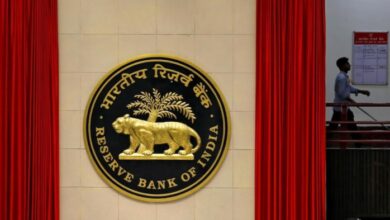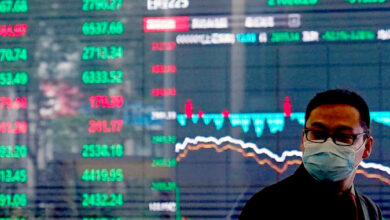Mike Dolan’s Column Reveals How Inequality and ‘Deposit Glut’ Contributed to Bank Instability

A study by the Centre for Economic Policy Research found a different angle on the thesis that a pool of worldwide savings seeking “safe” assets had found its way into western markets, depressing government bond yields and borrowing rates, compressing credit spreads, and lifting stock prices generally.
The study looked at the U.S. banking shock that led to the failure of Silicon Valley Bank and Signature Bank last month and deposit runs across many regional banks, suggesting that a “deposit glut” from within the richest countries that is increasingly unstable may well have combined with the rise of the digital economy to undermine the entire banking system.
Locally exposed U.S. banks were exposed to high-saving ‘intangible-intensive’ or digital firms, which led to unprecedented deposit-to-GDP ratios by 2022 and an explosion in deposits above $250,000 insurance thresholds.
The share of uninsured deposits to total bank deposits and equity almost doubled to more than 35%, and other banks’ stock reactions to the stress correlated clearly with the size of that uninsured deposit exposure.
As illustrated in the SVB run, big uninsured deposits are volatile, sensitive as they are to any hint on the bank’s health and moveable at the push of a button. For many market strategists looking at the overall impact of these episodes, this brings everything back to monitoring the pool of global liquidity, and deciding whether the outsize crush into government-invested money funds has already peaked or is only beginning.
(by Mike Dolan, Twitter: @reutersMikeD.)





